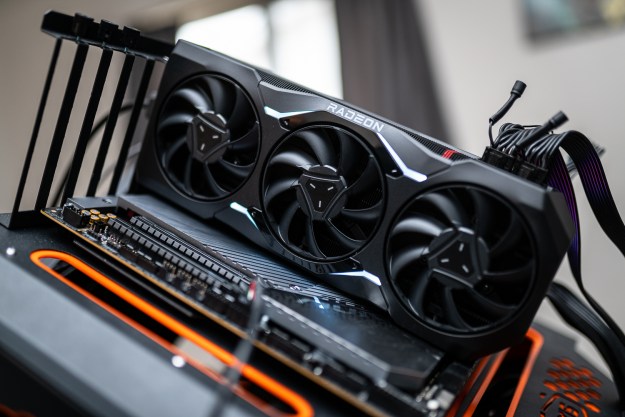
Back on this very day in 1985, the Amiga 1000 was unveiled in Lincoln Center, New York. It was a monument to the most spectacular ideals of what a computer could be for one individual. The Amiga came bundled with programming tools, a vibrant kaleidoscope, and a voice synthesis library, and also supported a wider range of software than contemporary computers did.
The Amiga’s custom operating system allowed for a wide range of tasks, as well as complex multi-tasking support. It was the first time that consumer users were able to get their hands on this sort of groundbreaking computing technology, and it immediately became the hottest computer on the planet.
The Amiga 1000 was powered by a blisteringly fast MC68000 processor with a 7.16MHz clock speed. It came out of the box with 256 kilobytes, but users looking for a little more get up and go could upgrade to a massive 512 kilobytes. The custom graphics chip supported 32 colors at one time on the screen – no more grayscale here.
At just $1,295 for the base version, plus an extra $300 for an RGB monitor, the Amiga 1000 was a steal, but even its massive success and cult following couldn’t keep Commodore, the firm that produced it, afloat. In 1994, the manufacturer closed its doors, despite a series of successful Amiga personal computers that followed the 1000.
Actual production units didn’t begin shipping until September of 1985, so of course it makes sense to continue to celebrate for the next few months. Whether you’ve ever even heard of the Amiga 1000, it’s impossible to deny its effect on the direction of modern computing, and there are still enthusiasts out there using them to this day.
Editors' Recommendations
- Watch this BBC report about computer addicts … from 1983
- This $30,000 computer’s source code has just been released for free


